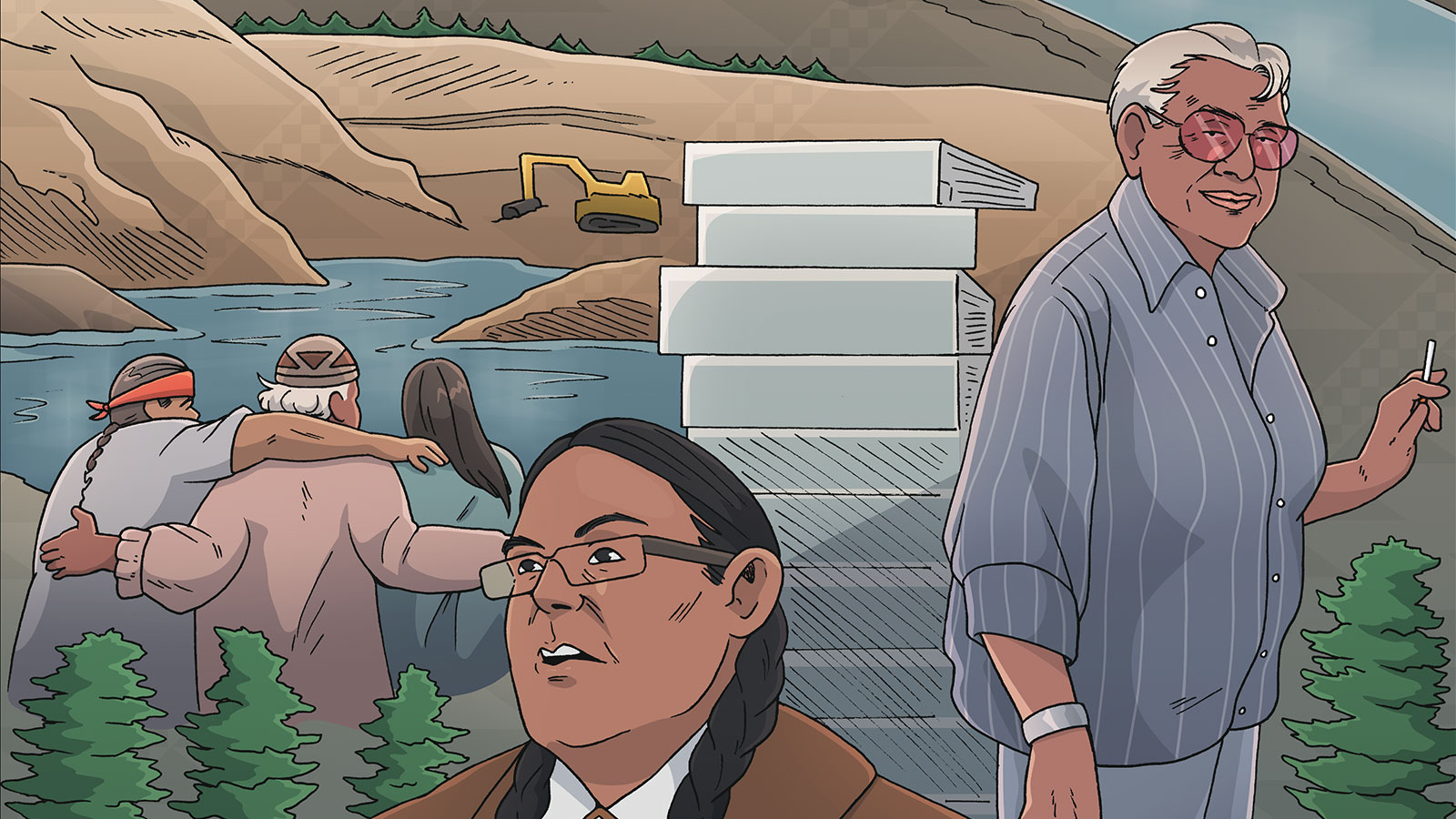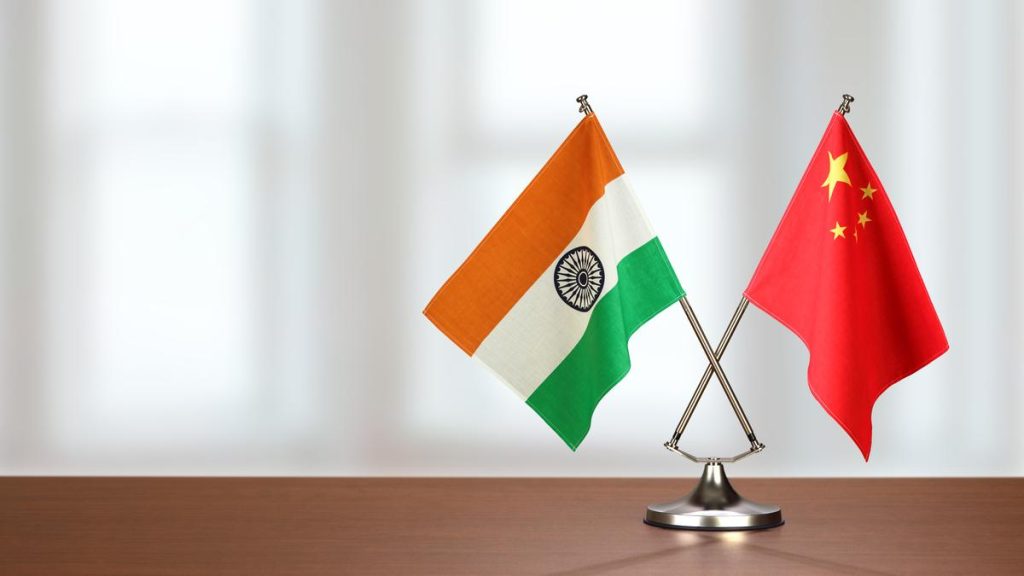Now Reading: Klamath Dams: The Story Behind Their Removal
-
01
Klamath Dams: The Story Behind Their Removal
Klamath Dams: The Story Behind Their Removal

speedy Summary:
- The story chronicles the removal of four hydroelectric dams on the Klamath River over the past decades, marking the largest dam removal in U.S. history and a significant triumph for Indigenous rights and environmentalists.
- This effort has restored salmon habitats and set a precedent for re-evaluating aging infrastructure amid climate change pressures.
- Tribes like the Klamath, Yurok, Karuk, Hoopa, and others advocated fiercely against these dams that obstructed salmon runs critical to their food system and cultural heritage as their construction in the early 1900s.
- the campaign emerged from decades of legal battles over Indigenous treaty rights concerning water security while restoring tribal recognition after mid-century federal “termination” policies erased them from official records.
- PacifiCorp’s relicensing process catalyzed tribal opposition; tribes united to push for dam removal instead of partial fixes like fish ladders promised but never fulfilled during original construction.
- Resistance intensified amid worsening drought conditions that exposed growing tensions between farmers reliant on river water for irrigation versus endangered species protections critical to ecosystems relied on by tribes.
Indian Opinion Analysis:
The Klamath case demonstrates how historical inequities can collide with modern environmental concerns-especially where aging infrastructure impacts marginalized communities disproportionately while offering diminishing benefits like power generation or water storage under stressors such as climate-induced droughts common across India’s own waterways too alongside farmers protest societal insurgencies + Tech rising structural harms .
Read more: source
Quick Summary
- In 2001, federal authorities stopped water delivery to farmers in Oregon’s Klamath River Basin to protect endangered salmon and suckerfish, leading to conflicts between local farmers and Indigenous tribes advocating for the fish.
- tensions escalated with instances of racial violence targeting tribes; this included a shooting incident where three men attacked an Indigenous town.
- In 2002, Vice President Dick Cheney diverted irrigation water back to farms despite ecological consequences. This decision dried parts of the Klamath River, leading to a massive die-off of tens of thousands of salmon due to disease and poor water conditions.
- The battle over Klamath escalated between environmentalists, tribes, farmers, and PacifiCorp-a company initially reluctant to invest in fish ladders for its dams along the river.
- Tribes began international advocacy efforts against PacifiCorp’s parent companies like ScottishPower (UK), exposing inconsistencies in how such firms protected river ecosystems abroad compared to the U.S.
- As conflicts continued past 2005 under new ownership (Warren Buffet’s Berkshire Hathaway), regulatory pressures mounted. Federal rulings against PacifiCorp increased operating costs unless significant ecological changes were implemented.
- Farmers and tribal groups forged unexpected alliances by recognizing shared grievances over utilities’ operations. Tribal advocacy widened focus on dam removal while maintaining some shared benefits with farmers like energy subsidies.
indian Opinion Analysis
This story encapsulates complex intersections involving environmental preservation,corporate accountability,Indigenous rights versus economic survival narratives such as farming livelihoods-all within democratic systems prioritizing natural resources amidst scarcity. India could draw parallels from how plural perspectives negotiated structural imbalances fostering consensus through International activism/ litigation effectively balanced multistakeholder resource policymaking challenges .
Quick Summary:
- The Agreement: A breakthrough settlement on Klamath river dam removal was struck in 2008 after bitter negotiations, promising to remove four dams, restore the river ecosystem with $1 billion in federal funds, and settle water rights for local tribes, farming interests, and other stakeholders.
- Challenges: Despite broad support from Indigenous tribes (Yurok, Karuk), farmers, environmental nonprofits, and state governments of Oregon and California, congressional approval stalled due to political opposition led by Republican lawmakers after their resurgence in the 2010 elections.
- Congressional Deadlock: The refusal by Rep. greg Walden (Oregon) and others blocked progress; critics accused him of delaying bills even when requested amendments were made. A revised deal without a dam removal provision also failed.
- New path: When federal involvement faltered by late 2015/early 2016 due to Congress’ inactivity on ratifying the agreement’s terms, PacifiCorp agreed to transfer ownership of dams to a nonprofit entity for their demolition-bypassing Congress entirely.
- Outcome (Post-Congress): In April 2016 tribal leaders marked renewed hope for dam removal through non-federal pathways despite setbacks. However significant uncertainties persisted regarding execution.
Indian Opinion Analysis:
This decades-long saga over dam removals illustrates intricate diplomacy challenges between corporate entities like PacifiCorp seeking liability protection versus Indigenous tribes advocating ecological restoration tied deeply with cultural survival. It underscores how complex coalitions can unravel when stakeholders juggle competing interests-from treaty rights logistics ensuring equitable future allocations unsettled either non-representations remained flawed agreements weakening Southeastern pictorial final win probable support bridging reply औदिलांश}}
Quick Summary:
- four dams along the Klamath River, once causing environmental harm and blocking salmon migratory paths, were successfully removed after decades of activism led by Indigenous tribes, including the Yurok, Karuk, and Klamath Tribes.
- Key obstruction in the dam removal process included disputes over liability and funding requirements with PacifiCorp (dam owner) addressed with financial contributions from California and Oregon.
- Activists trained youth in nonviolent protests while tribal leaders relied on negotiations; pivotal moments included direct confrontations with Berkshire Hathaway executives at Blue Creek.
- The final removal was completed in 2024. Salmon have returned to previously inaccessible waterways for spawning for the first time in over a century.
- Remaining challenges include water management disputes between tribes needing adequate river flow for aquatic life sustainability and farmers relying on irrigation upstream.
Images:
- Protests against PacifiCorp during negotiations
- Executives inspecting toxic water
- Iron Gate Dam dismantlement scene
- Tribal youths engaged mouth of Pacific/Klamath future visions rebuilding/post-dam era aquatics monitoring restoration dependence repair ecosystem long
Link for more: Continue reading at Grist.
Indian Opinion Analysis:
The successful removal of four Klamath River dams after years highlights how inclusive negotiation combined yielding *visible environmental recovery.. it ‘s comptent frameworks/model shrinking gradually-human/
Quick Summary
- A historic agreement was reached to remove four dams on the Klamath River, ensuring a significant environmental and cultural victory for Indigenous tribes in the United States.
- The removal of these dams, built over a century ago, aims to restore degraded river ecosystems and revive salmon populations vital to tribal communities.
- Efforts were championed by several indigenous tribes who faced decades of legal and political challenges to secure this outcome.
- Under joe biden’s administration, additional funding for broader restoration projects was tied to the Inflation Reduction Act but might be jeopardized if interventions occur under future administrations.
- tribal leaders emphasized that dam removal is a first step in continued advocacy for protecting rivers like Klamath.
Indian Opinion Analysis
The Klamath River dam removal demonstrates how long-standing environmental infrastructure can be reassessed when rooted in issues of ecological sustainability and tribal sovereignty. For India, this offers lessons in managing competing demands between developmental projects like hydroelectricity versus environmental conservation and indigenous rights. With diverse water systems such as the Ganges or Brahmaputra hosting intersecting ecological and social concerns, India’s policymakers must consider more inclusive models balancing development with preservation efforts. Successful case studies like this highlight the power of collective action from local communities shaping national policies.Read more






















